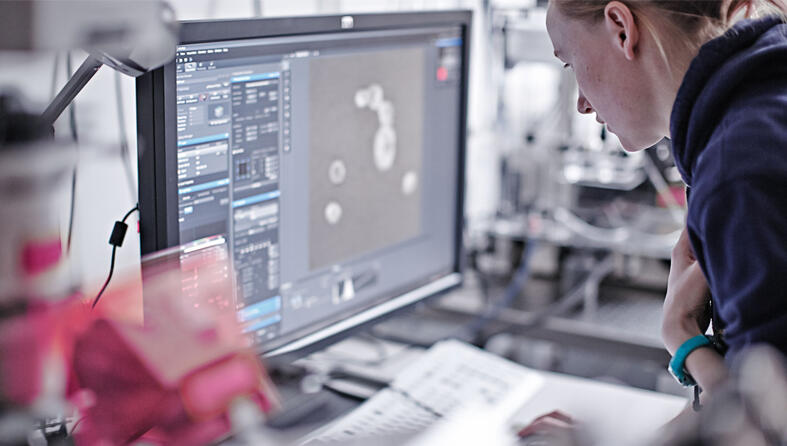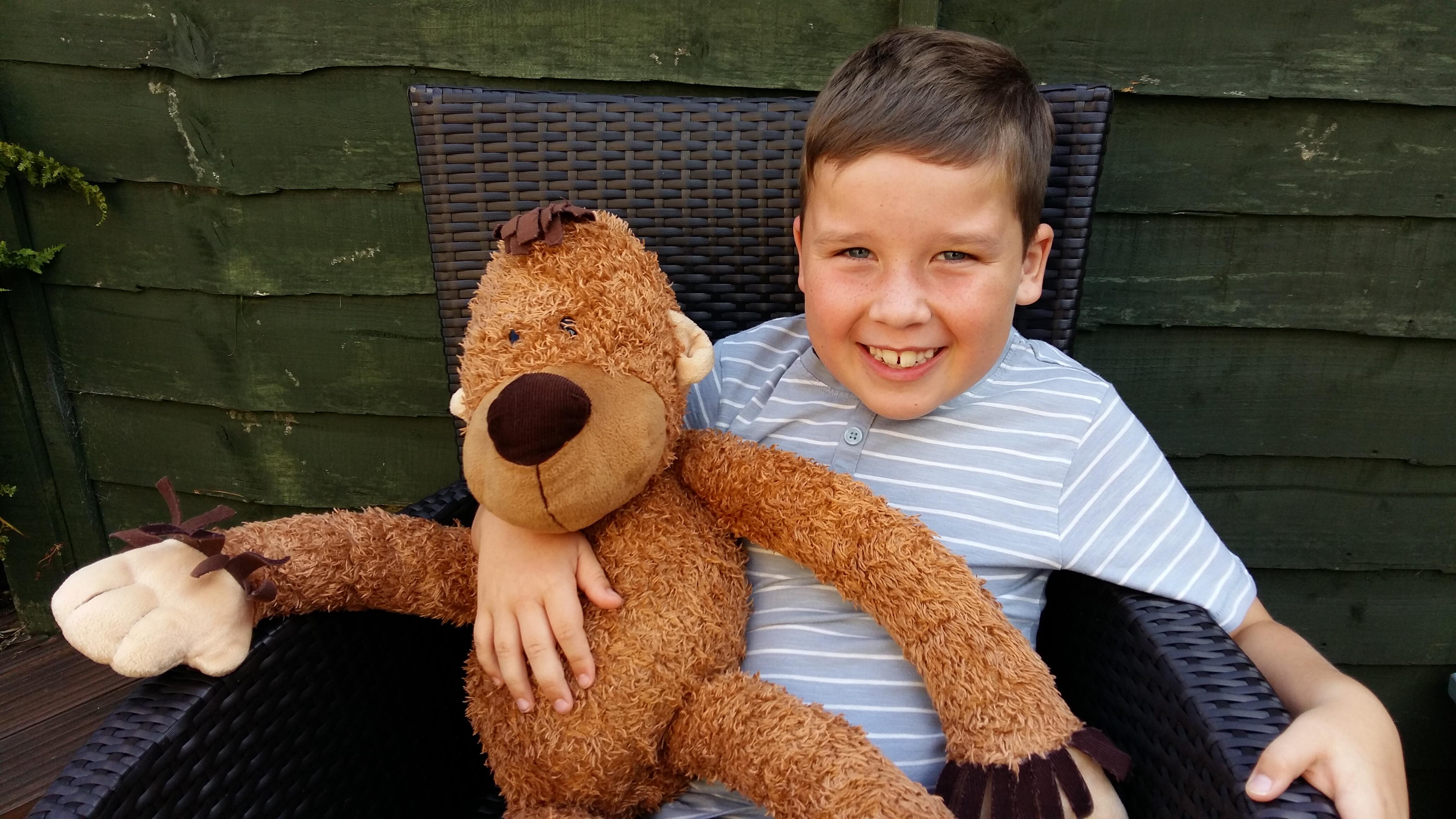Past research into brain and nerve cell tumours

Our strategy

For the past 120 years, we’ve been making discoveries that have saved countless lives. But we have so much more to do. Our strategy sets out how we'll accelerate progress towards a better future.
Our milestones
Our scientists have made vital contributions to finding new and better ways to diagnose and treat brain and nerve cell tumours. Below are a few of our most important discoveries.
1988 – Our scientists develop a test for children with an inherited form of retinoblastoma, a type of eye cancer, meaning they can be treated early. This helps boost survival for the disease – now almost every child is cured.
2010 – We discover how a gene that normally plays a role in nerve cell repair can also help some nerve cancers spread. This could lead to treatments that slow the spread of some types of nerve cancers.
2014 – Our researchers discover genetic faults that often crop up when medulloblastoma comes back after treatment. Understanding the faulty genes that make this type of brain tumour more aggressive could lead to new treatments that target weaknesses in the cancer cells.
1987 – We discover a molecule that would later become the important drug temozolomide (Temodal), which is used worldwide today to treat people with the most common type of brain tumour, glioblastoma.
1992-7 – We carry out the first clinical trials of temozolomide, showing how this drug could help some patients with brain tumours. To date, thousands of people have benefited from treatment with this drug.
2003 – Our work leads to a new treatment option for children with medulloblastoma, a type of brain tumour. We show that adding chemotherapy to radiotherapy can improve the quality of life for children living with the disease.
2007 – We show that using chemotherapy instead of radiotherapy reduces the risk of long-term side effects in children being treated for ependymoma, through a clinical trial we fund together with the Brain Tumour Charity.
2008 – Our trials find ways to improve treatments for young children with neuroblastoma. Our researchers show how more frequent, higher doses of chemotherapy improves survival in some young patients by two-thirds.
2009 – Our researchers show that testing for a faulty version of a gene called MYCN helps doctors identify children with less aggressive forms of neuroblastoma, sparing them unnecessary treatments.
2016 – Our scientists discover why some types of medulloblastoma brain tumours respond better to treatment, and which could help them make other types that are harder to treat more sensitive to chemotherapy.



